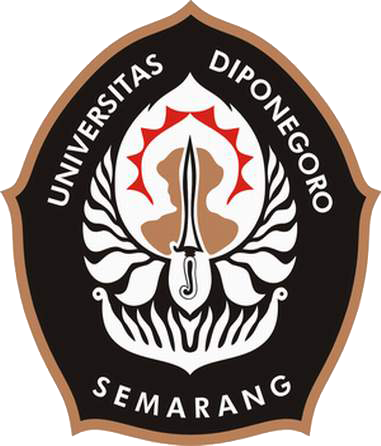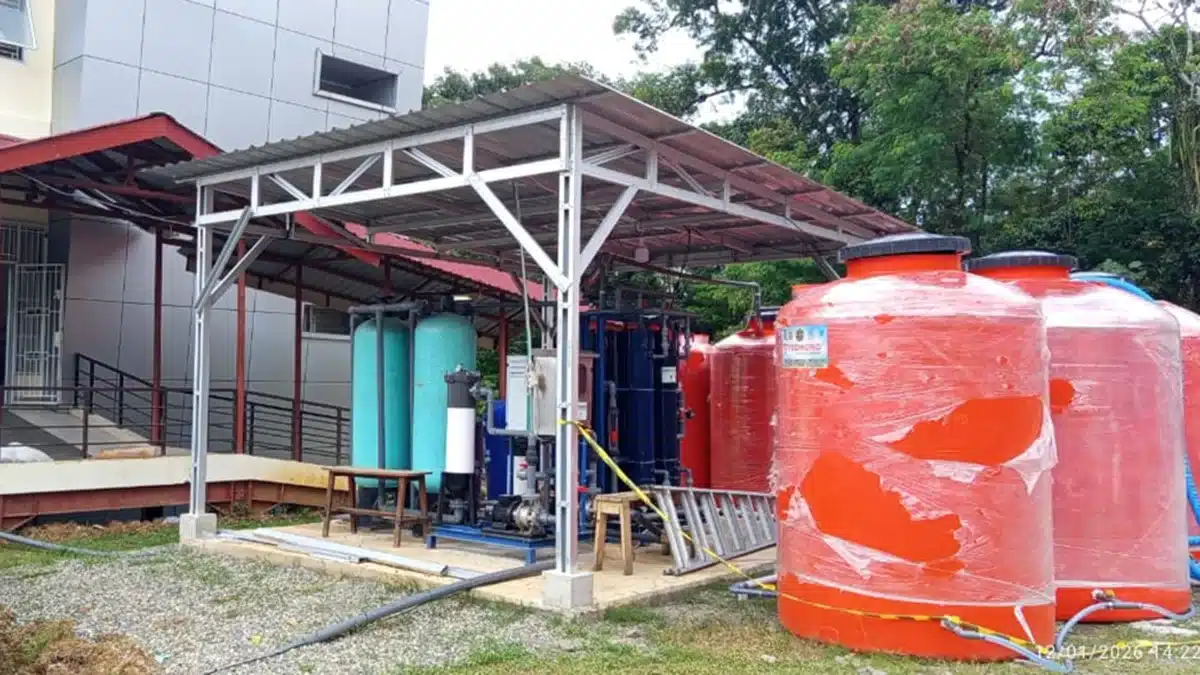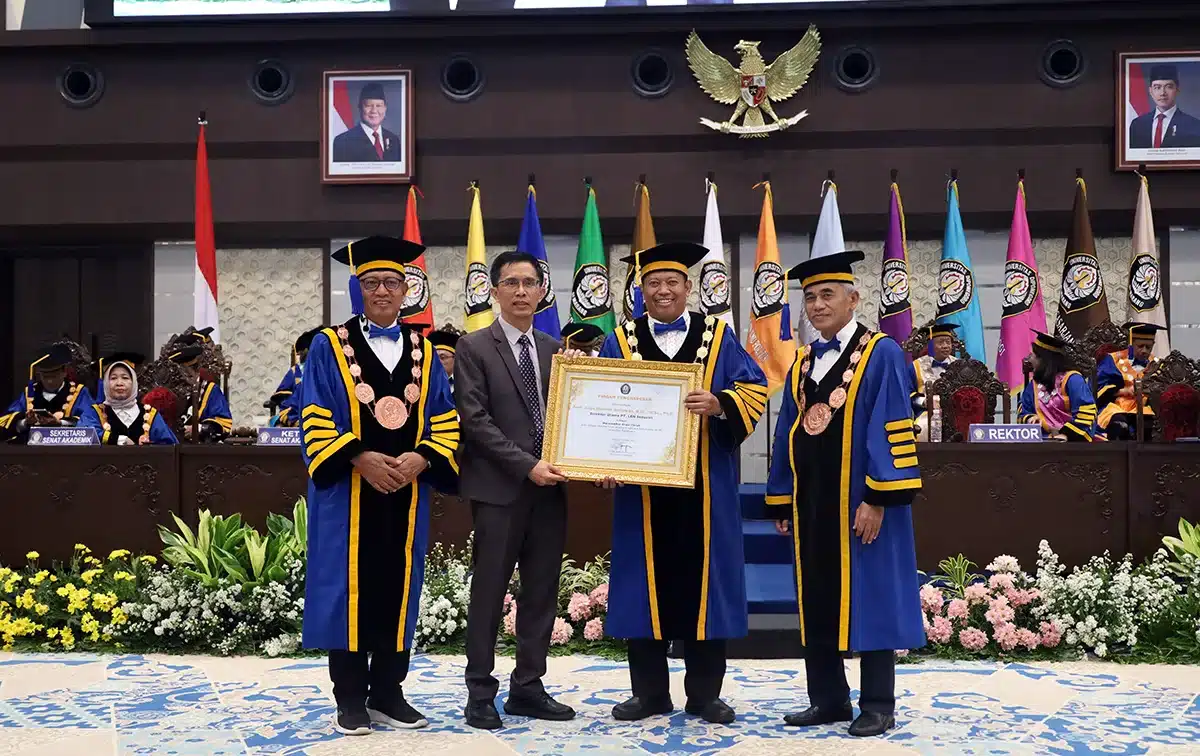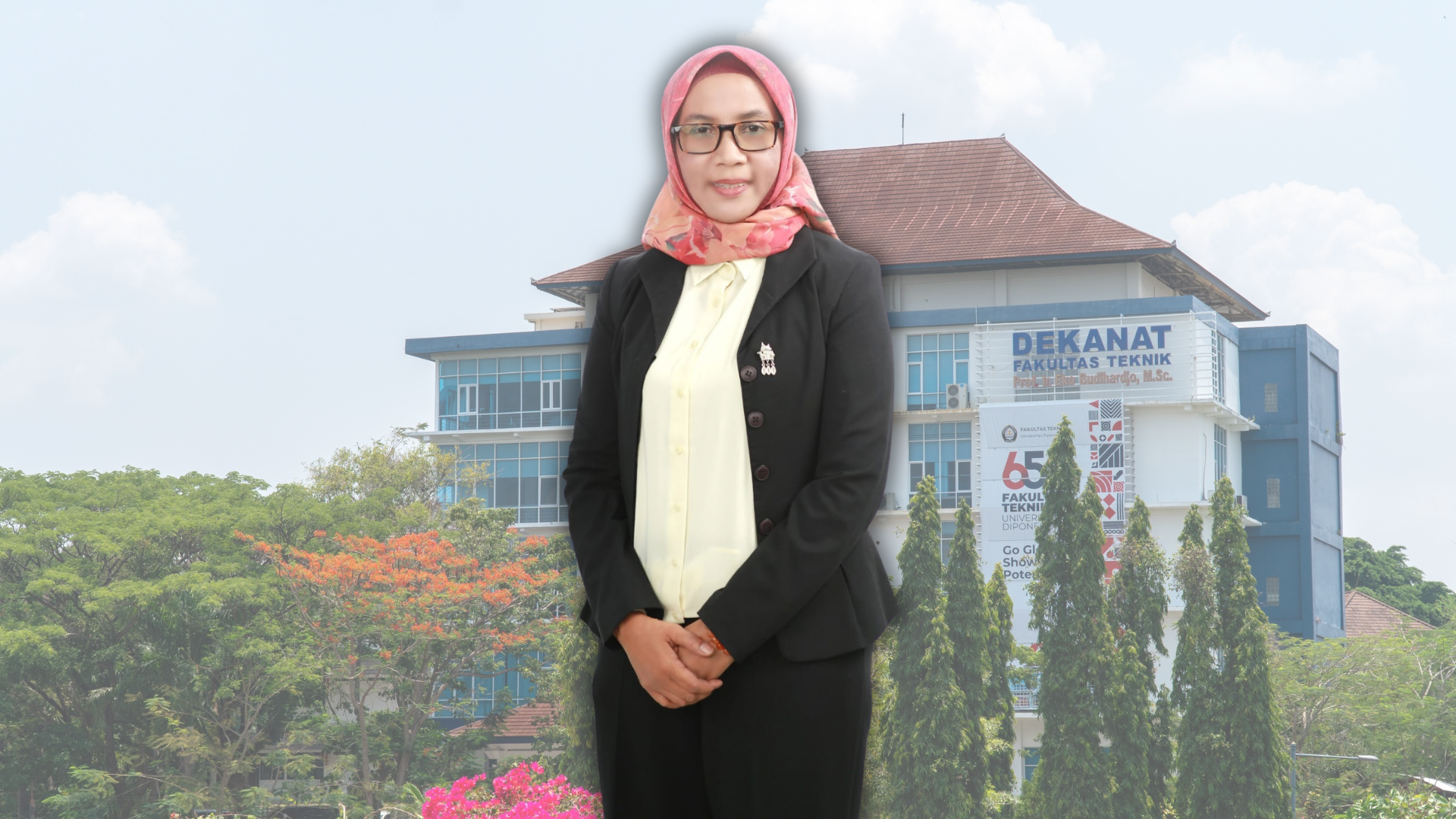Prof. Dr. Ir. Eflita Yohana, M.T., Ph.D., is a lecturer in the Department of Mechanical Engineering at the Faculty of Engineering, Diponegoro University, Semarang, specializing in dehumidification. Along with her team, she has successfully developed an innovative vibro nano dehumidification dryer for producing fine powder green tea. The development of this innovative drying machine is expected to provide a solution for the green tea industry in Indonesia.
Prof. Eflita explained that the development of the vibrating fluidized bed drier can produce green tea with high catechin content and a moisture level of about 2-3%. This research is a collaboration with Prof. Hwi-Ung Choi, Prof. Kwang-Hwan Choi from Korea, and researchers from the UNDIP Vocational School, including Mohamad Endy Yulianto S.T., M.T., and Hermawan Dwi Ariyanto S.T., M.Sc., Ph.D., funded by UNDIP under the International Publication Research (RPI) scheme. The research, themed “Fundamental Studies Of Vibro-Continuous Drying With Nanoliquid Desiccant Dehumidification For Production Of Fine Powder Green Tea,” is an innovation in the production of fine powder green tea.
The UNDIP professor, who holds 11 patents, stated that one of the critical stages in the processing of functional fine powder green tea is the drying process. “So far, the dryers used for green tea processing use the endless chain pressure (ECP) type, which requires significant energy, namely 1,991 kJ/kg of tea or equivalent to 0.24 liters of IDO fuel/kg of dried tea,” explained Prof. Eflita, who has implemented several downstream products in the tea industry with patent number IDS000007201.
Prof. Eflita mentioned that from a technological standpoint, the dryers used so far are still conventional, resulting in case hardening, where the outer part of the tea particles is dry, but the inside remains wet. The tea will feel soft and quickly become moldy due to the excessively high outlet temperature; it can become burnt or over-fired due to the high temperature; smokey (smoky smell); insufficiently dried; fall through and blow out due to excessive airflow.
As a result, the produced green tea has a relatively high moisture content. This high moisture content allows for the enzymatic oxidation of polyphenols, resulting in relatively low catechin content in the green tea. “Therefore, the innovation of the drying machine developed is a vibrating fluidized bed dryer dehumidified by absorption using a nanofluid desiccant,” Prof. Eflita explained.
Endy added that green tea polyphenol compounds, consisting of catechin, epicatechin, epigallocatechin, epicatechin gallate, epigallocatechin gallate, and gallic acid, have anti-cancer activity, can prevent cardiovascular diseases, obesity, and other degenerative diseases. The broad spectrum of pharmacological activity of green tea polyphenols encourages their incorporation into various food products.
“This advantage opens up opportunities for the Indonesian tea industry to produce high-catechin green tea as fine powder, which is becoming increasingly popular. Fine powder is the result of grinding green tea with particle sizes of 20-100 µm, containing polyphenol compounds, amino acids, saccharides, and caffeine. Fine powder green tea can be applied in various industries such as functional cosmetics, functional food, ready-to-drink products, bakery, pharmaceuticals, and flavoring,” said Endy.
However, the application of vibro dryers in the green tea industry still allows for the epimerization of catechins into isomers like theaflavin intermediate products and the thermal degradation of catechins. This phenomenon occurs because the relatively high drying conditions cause polyphenol compounds to convert into theaflavins and their isomers, reducing the catechin content in the green tea produced.
“Therefore, the drying process should be carried out at low temperatures and relative humidity, using absorption dehumidification. Air dehumidification as the drying medium uses liquid desiccant CaCl2 dispersed with CuO nanoparticles, which has the potential to improve product quality and energy efficiency of the drying process,” she explained.
Prof. Eflita also added that air dehumidification using liquid desiccant calcium chloride (CaCl2) has the potential to improve product quality and energy efficiency of the drying process. “The absorption dehumidification drying process is faster than conventional drying because the lower the air RH, the more water is evaporated, and moisture equilibrium is reached faster. The analysis results show that absorption dehumidification-based drying is highly feasible for the production of fine powder green tea to save energy consumption and increase productivity by up to IDR 1,950/kg of finished tea,” said Prof. Eflita.
The team is currently collaborating with the tea industry, the Tea and Quinine Research Center (PPTK) in Gambung, South Bandung, and PT. Rumpun Sari Medini for the commercial development of fine powder green tea products. “Hopefully, fine powder green tea can soon be commercialized in the industry through applied and commercial research so that this research can benefit the community and industries based on functional cosmetics, functional food, ready-to-drink products, bakery, pharmaceuticals, and flavoring,” concluded Prof. Eflita. (Endy-Vocational School; DHW-Public Relations)









